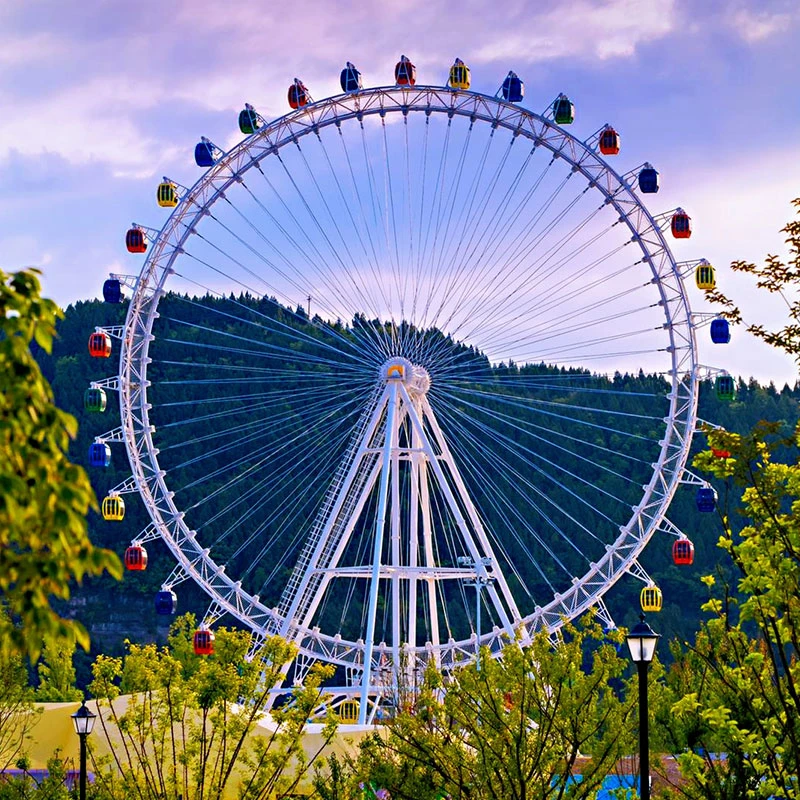- Albanian
- Arabic
- Belarusian
- Bengali
- Czech
- English
- French
- German
- Hebrew
- Hungarian
- Indonesian
- irish
- Italian
- Japanese
- kazakh
- Persian
- Russian
- Thai
- Uzbek
- Vietnamese
high thrill rides
The Thrill of High Thrill Rides
For adrenaline junkies and amusement park enthusiasts alike, high thrill rides represent the pinnacle of excitement. These attractions, often referred to as coasters, drops, or thrilling experiences, push the boundaries of engineering, creativity, and human emotion. With speeds that defy gravity, dizzying heights, and heart-stopping drops, high thrill rides offer an exhilarating escape from the mundane realities of everyday life.
One of the most iconic types of high thrill rides is the roller coaster. Known for their twists, turns, and inversions, roller coasters have fascinated riders since their inception in the 18th century. Today, they are engineered to provide not only speed but also a sense of weightlessness and air time. The introduction of steel track technology has allowed designers to create coasters that are faster and more complex than ever before. From traditional wooden coasters that evoke nostalgia to modern steel behemoths that soar above parks, each ride delivers a unique experience.
Among the most heart-pounding coasters is the hypercoaster, which features heights over 200 feet. Riding one can feel like a euphoric leap into the unknown, as riders plummet down steep drops that induce a rush of adrenaline. The feeling of free-fall triggers an adrenaline response, causing the heart to race and the breath to quicken. For many, this sensation is addictive, driving them to seek out even more thrilling experiences.
In addition to roller coasters, other high thrill rides include free-fall drops, spinning rides, and accelerators. Free-fall rides, such as the towering drop towers found in numerous amusement parks, give riders the exhilarating experience of free-fall by lifting them high into the air before releasing them for a breathtaking descent. The brief moment of weightlessness—when the world below disappears and time seems to suspend—elicits screams of delight and fear in equal measure.
high thrill rides

Spinning rides, like the popular “Gravitron” or “Twister,” create an entirely different sensation. As riders are spun at high speeds, centrifugal force pins them against the wall, creating an intense experience that leaves them disoriented yet exhilarated. These rides can evoke laughter and screams, as participants relish the thrill while sometimes feeling the disorienting effects that accompany the rapid rotation.
Moreover, modern technologies have allowed for the integration of virtual reality into some high thrill rides, enhancing the experience beyond the physical sensations. Riders can don VR headsets and find themselves immersed in a fantastical world, where the ride becomes a journey through outer space, mythological realms, or high-speed chases. This innovative approach not only heightens the excitement but also caters to a new generation of thrill-seekers who crave more than just the physical rush.
Safety is a paramount concern in the amusement industry, and ride manufacturers invest heavily in maintaining rigorous safety standards. Each ride undergoes extensive testing and inspection to ensure that it can withstand the forces exerted on it. Riders are equipped with harnesses and safety bars designed to contain them during the exhilarating twists and turns, allowing them to focus solely on the thrill without fear.
In conclusion, high thrill rides are more than just rides; they are a pursuit of happiness, relief from stress, and a communal experience of joy and fear. For those who dare to board, these attractions offer the chance to confront their fears and feel alive in a way that few experiences can rival. Whether it's the adrenaline rush from a dizzying drop, the euphoric feeling of air time on a coaster, or the disorienting spins of the latest thrill ride, there's no denying that the world of high thrill rides is a testament to human creativity and the ceaseless pursuit of adventure. So, if you’re looking for a break from your routine, consider plunging into the world of high thrill rides—you might just find out what it means to feel truly alive.
-
Flume Ride-Hebei Zhipao Amusement Equipment Manufacturing Co., Ltd.|Thrilling Water Attraction&Customizable DesignJul.30,2025
-
Flume Ride - Hebei Zhipao Amusement Equipment | Water Coaster, Thrilling DescentJul.30,2025
-
Flume Ride - Hebei Zhipao | Thrilling Water AttractionJul.30,2025
-
Flume Ride: Thrilling Water Attraction by Hebei Zhipao|Log Flume Manufacturers&Flume Ride DesignJul.30,2025
-
Flume Ride-Hebei Zhipao Amusement Equipment Manufacturing Co., Ltd.|Thrilling Water Coaster, Safe DesignJul.30,2025
-
Flume Ride-Hebei Zhipao Amusement Equipment Manufacturing Co., Ltd.|Thrilling Water Attraction, Safe DesignJul.30,2025
